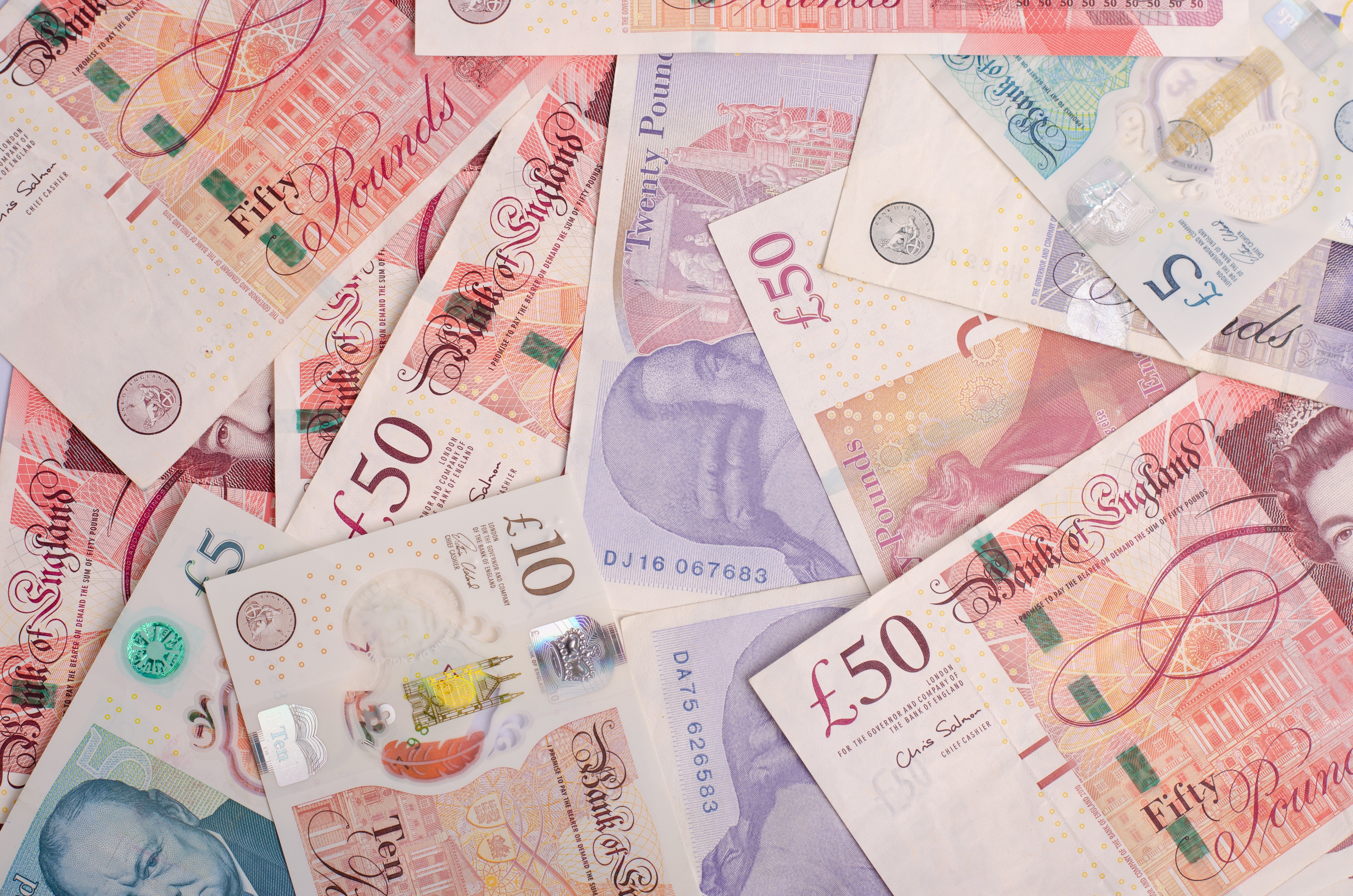Interest rates and APR
When reading about car finance you’ve probably come across the terms ‘interest rate’ and ‘APR’. Have you ever found yourself wondering what they are? And what’s the difference between them? If so, don’t worry, you’re not the only one.
Representative 14.7% APR
What is ‘interest’?
When talking about car finance, ‘interest’ is the money you pay to a lender in return for them lending you money. There is also savings interest, which is what your bank or building society pays you, when you put money into a savings account.
What is an 'interest rate'?
An ‘interest rate’ is the rate at which interest is charged (or paid) to you. When you borrow money, the interest on it is normally a figure expressed as a percentage of the amount you have borrowed. At Oodle, if a loan charges 5% interest, that means the interest you pay is equal to 5% of the amount you borrowed.
How Oodle will calculate your interest
Can interest rates change?
Interest rates do change over time. The interest a lender charges needs to cover all their costs, including their admin and business costs, the cost of loans that do not get repaid and what it costs the lender to borrow money themselves (most lenders borrow at least some of the money they lend on to customers). As those costs are constantly changing, the interest lenders need to charge also changes.
There are two different types of interest to be aware of:
Fixed interest – this is a rate of interest that doesn't change for a period of time. An example is that you could have a fixed interest rate for the first year of your loan, or you might have a fixed rate of interest for the full loan term. Fixed rates can sometimes be higher than variable interest rates.
Variable interest – this is a rate of interest that may fluctuate throughout the term of your loan. It is influenced by the benchmark interest rate set by the Bank of England, so may increase or decrease on this basis – so you could either be paying more or less than you would with a fixed rate of interest.
What is APR?
APR (which stands for ‘annual percentage rate’) is a figure that can be used to help you compare the total cost of different loans.
People often use APR and and interest rates interchangeably, but they are different. APR is designed to tell you about the total cost of your borrowing over a year, so it includes fees, charges etc, and it is not just the interest rate.
It is also important to keep in mind that APRs average the total cost of a loan over its life. So, for example, while you might pay a document fee in full upfront, APR will be calculated as if payments for that fee are spread over the whole life of the loan.
How APRs are calculated
The APR calculation looks at all the costs for a loan, then spreads those charges over the full life of the loan, to give an average cost per year. That average cost is then compared to amount borrowed, to give a percentage rate.
The APR calculation can be very complex but as all APRs must be calculated in the same way, all you need to do to compare the costs of different loans is compare their APRs. It's worth noting that APR is not the only factor that you should consider before entering into a car finance agreement.



